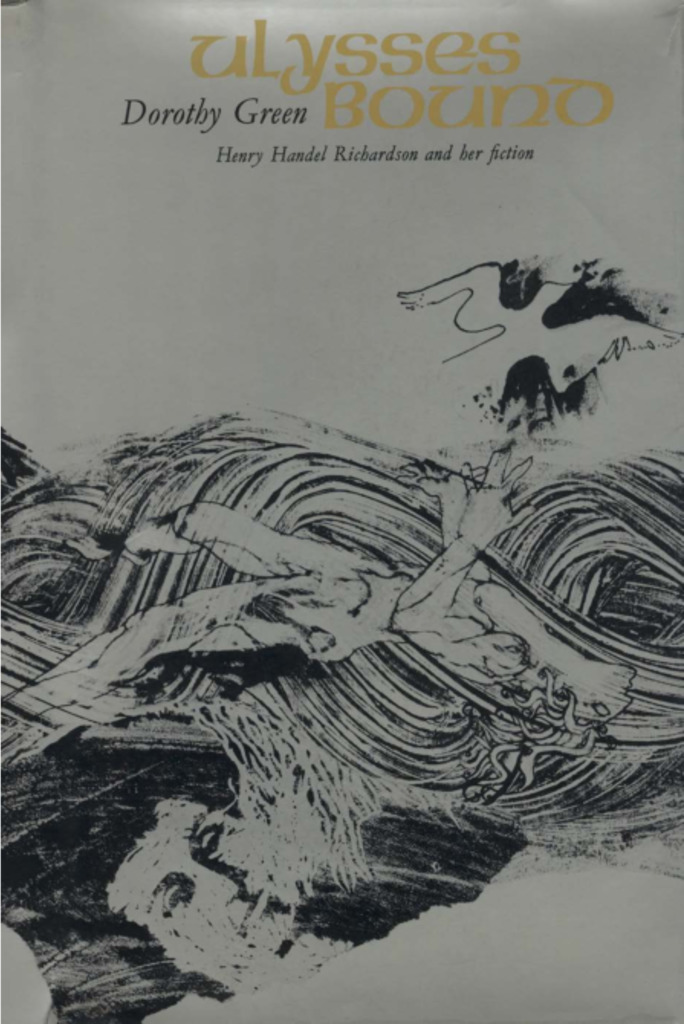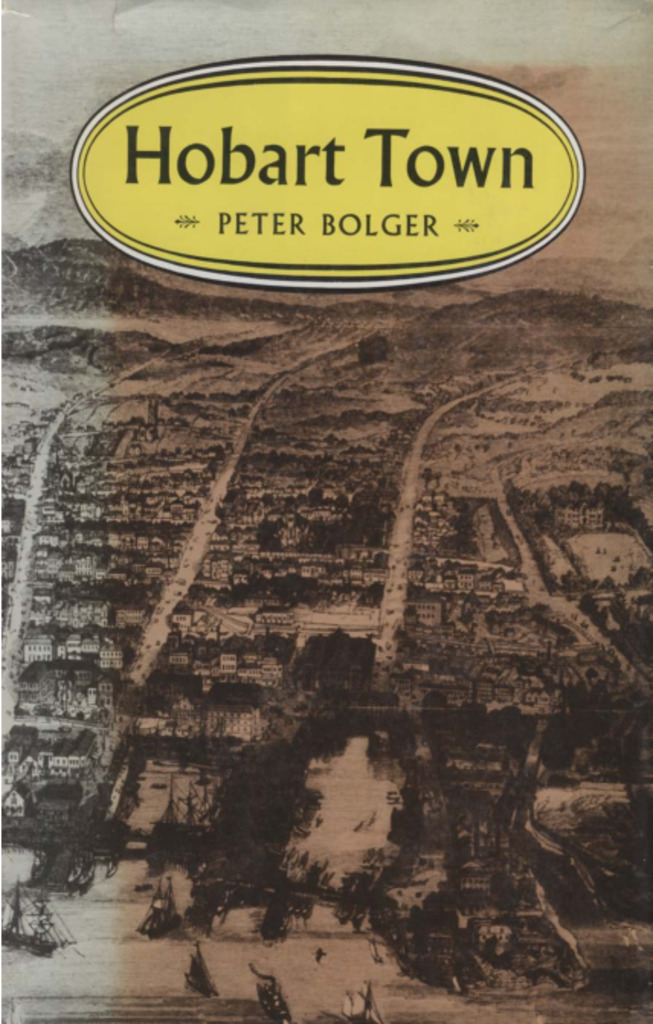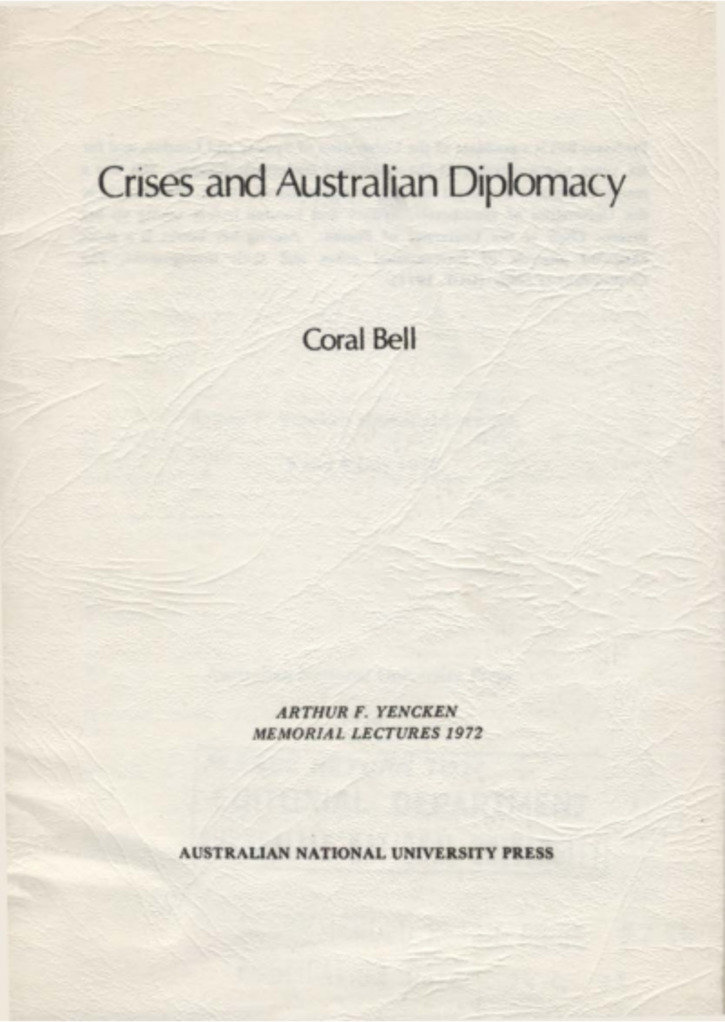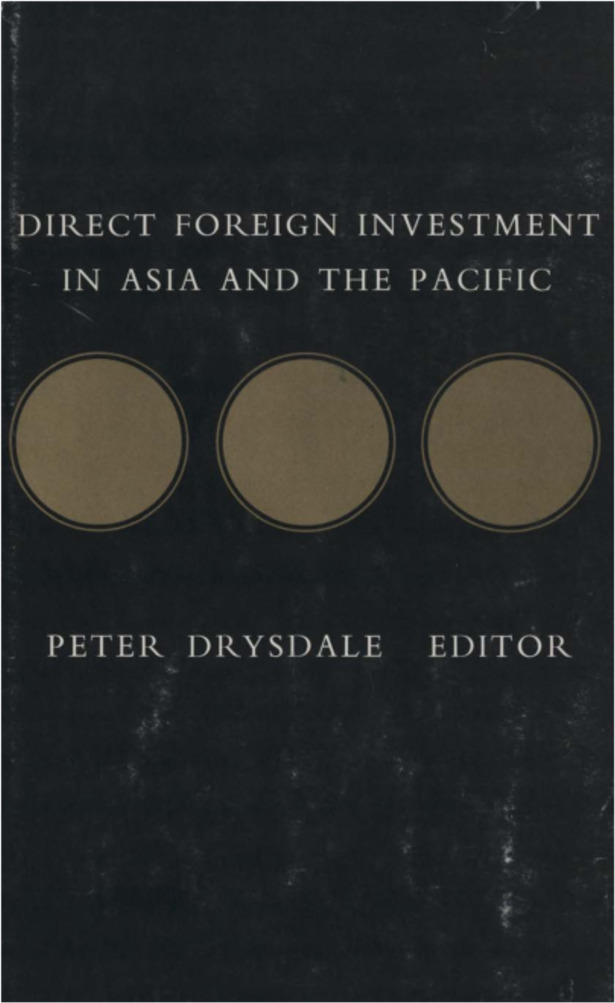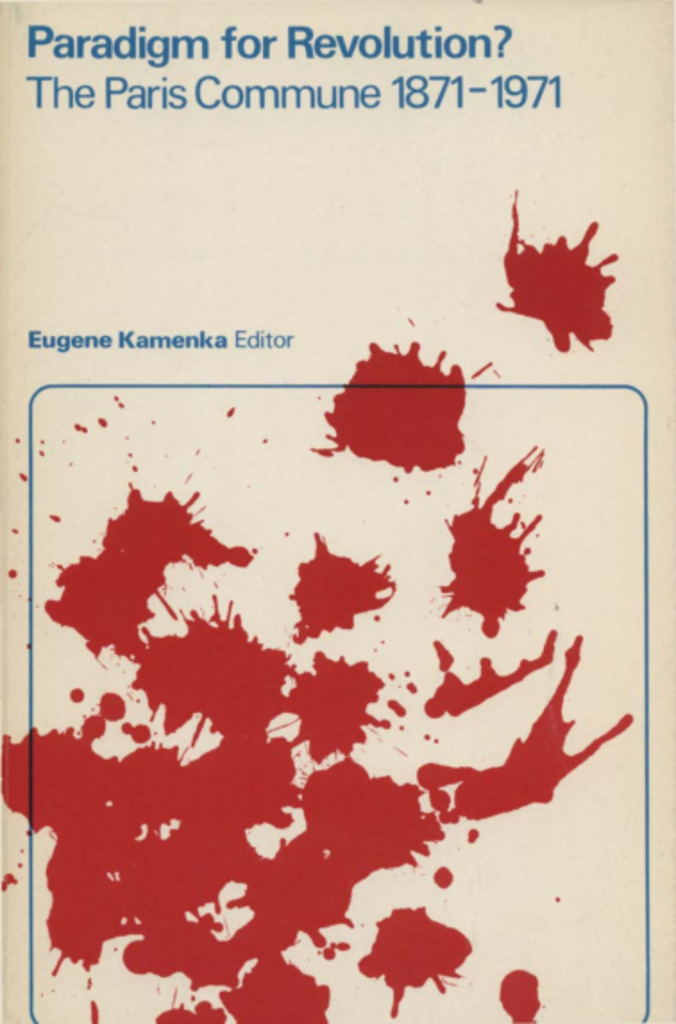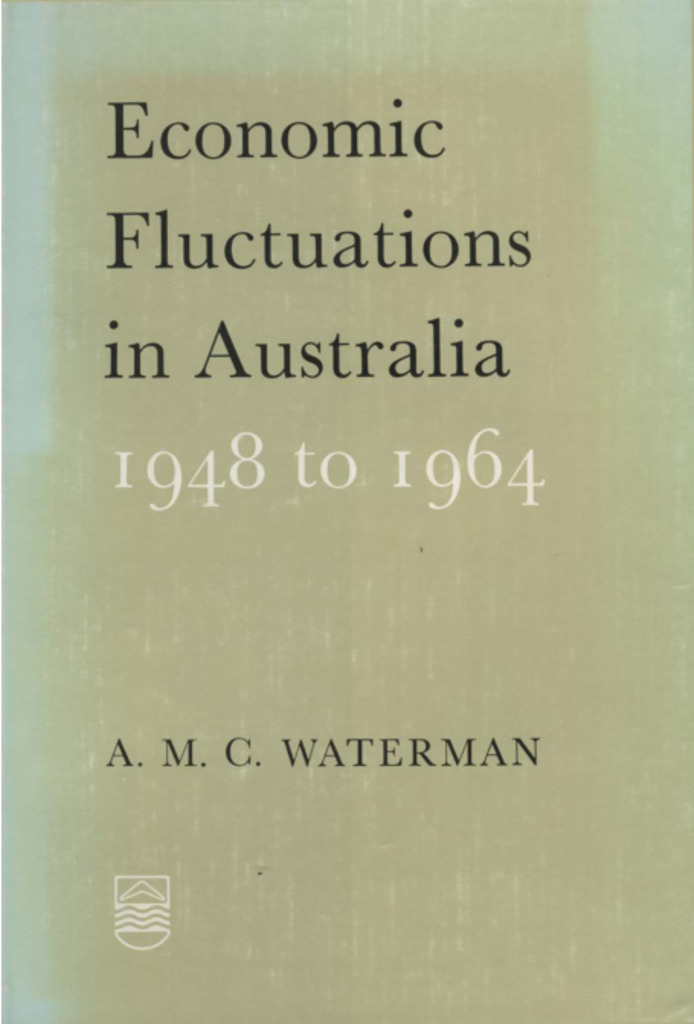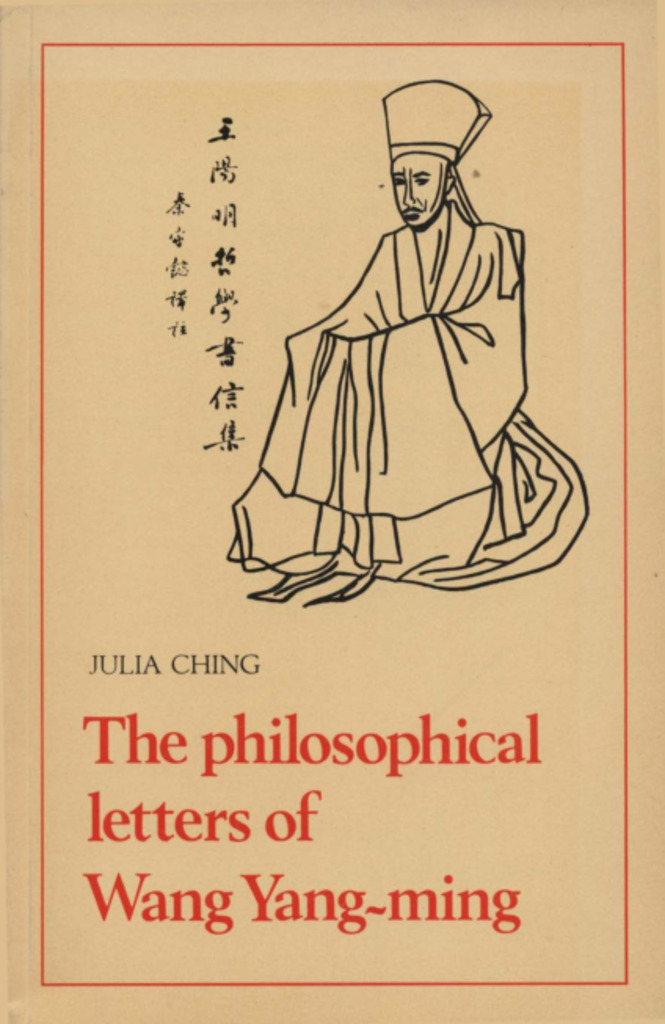Publication date: 1972
In November 1960 the Australian Government brought in emergency economic measures to avert a balance of payments crisis. The stock market collapsed, unemployment rose sharply, and for the two next years there were signs of recession. The episode has been described as Australia{u2019}s {u2018}first independent slump{u2019}, and the government was strongly criticised. Dr Waterman was deeply sceptical of the explanations put forward at the time, some of which have passed into folklore, and began a detailed investigation into the sources and history of the 1961 recession. This work led to an exhaustive statistical and analytical study of economic fluctuations in Australia since World War II, of which this book is the outcome. The author{u2019}s findings will upset many widely held opinions regarding the performance of the Australian economy in this period. The 1961 recession, for example, was less serious than that of 1952-3, which passed almost unnoticed, and the effects of the Commonwealth Government{u2019}s austerity measures in 1951, 1956, and 1960 were much smaller than is commonly supposed; nor does there appear to be any evidence for the view that, since World War II, Australia has developed an {u2018}independent{u2019} economy in the sense of obtaining immunity from economic disturbances originating in the outside world. This book will be essential reading for all students of the Australian economy and for those interested in the role of government in dealing with the interrelated problems of the balance of payments, employment, and inflation.


